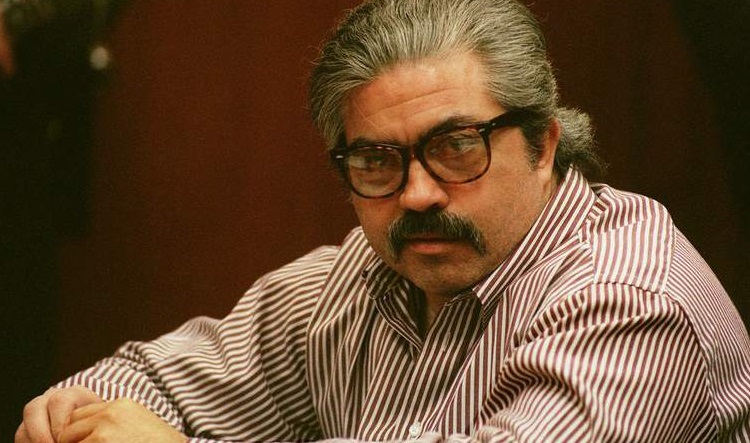Richard Allen Davis is an American convicted murderer, whose criminal record fueled support for passage of California’s “three-strikes law” for repeat offenders. Take a look below for 27 more scary and bizarre facts about Richard Allen Davis.
1. He’s currently on death row in Adjustment Center at San Quentin State Prison, California.
2. He was convicted in 1996 of first-degree murder and four special circumstances, robbery, burglary, kidnapping, and a lewd act on a child, of 12 year old Polly Klaas.
3. David abducted Klaas on October 1, 1993, from her Petaluma, California, home.
4. A San Jose, California, Superior Court jury returned a verdict of death on August 5, 1996.
5. After the verdict was read, Davis stood and made an obscene finger gesture at the courtroom camera with both hands.
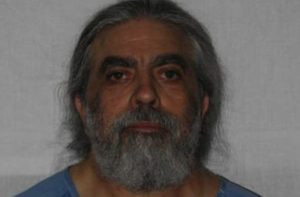
6. Later, at his formal sentencing, Davis read a statement claiming that Klaas had said to Davis, “Just don’t do me like my dad,” just before Davis killed her, implying that Klaas’ father was a child molester.
7. Klaas’ father, Marc Klaas, reacted by shouting, “Oh, burn in hell, Davis! Fuck you!” Mr. Klaas then lunged at the defendant but was restrained by the bailiffs.
8. Klaas then left the courtroom to avoid causing further commotion.
9. Judge Thomas C. Hastings proceeded with the formality of the death sentence, saying, “Mr. Davis, this is always a traumatic and emotion decision for a judge. You made it very easy today by your conduct.”
10. Davis was born the third of five children in San Francisco. Both of his parents, Bob and Evelyn Davis, were alcoholics.
11. His defense attorneys during his trial said that his mother was a strict disciplinarian and punished Davis for smoking by burning his hand.
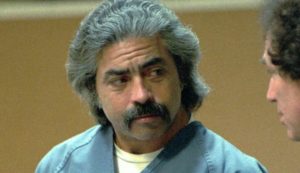
12. Davis claims to be half Native American; his maternal grandmother was a Paiute. He also claims to be of Shoshone and English descent.
13. The couple divorced when Davis was 11 years old. After the divorce, the children lived with their father, Bob, a longshoreman.
14. Davis’ father was sometimes unable or unwilling to care for his children, so they shuttled among family members and babysitters. His father would remarry two times and Davis resented both of his stepmothers.
15. Davis was mentally unstable and sometimes suffered from hallucinations. He’s reported to have taken a gun outside the home and shot at mirages.
16. At an early age, Davis tortured and killed animals.
17. According to Ruth Baron, the mother of one of Davis’s childhood friends, “He would douse cats with gasoline and set them on fire. He made a point of letting people know he carried a knife, and he used to find stray dogs and cut them.”
18. By the time he was a teenager, Davis was deeply involved in a life of crime.
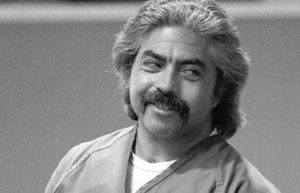
19. He told a psychiatrist that stealing relieved whatever “tensions” were building up inside him. He dropped out of high school in his sophomore year.
20. At 17 years of age, Davis found himself in front of a judge, who told him that he could either go to the California Youth Authority or join the United States Army. He chose the latter, receiving a discharge after 13 months of service.
21. On October 12, 1973, Davis went to a party at the home of 17 year old Marlene Voris. that night, Voris was found dead of a gunshot wound. There were seven suicide notes at the scene and the police concluded that she committed suicide.
22. Friends of Voris believed that Davis murdered her.
23. In 1977, he told a psychiatrist that her death had deeply affected him and he had been hearing her voice in his head and also, “At times another voice would appear, telling him that she wanted to be assaulted or robbed or raped.”
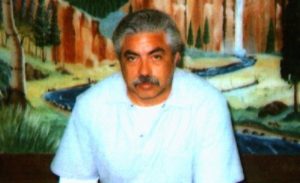
24. A few weeks after Voris’ death, Davis was arrested for attempting to pawn property he had stolen. He confessed to a string of burglaries in La Honda and serve six months in the county jail.
25. Five weeks after his release, on May 13, 1974, he was arrested for another burglary. He was sentenced to 6 months to 15 years in prison, however, he was released on parole after serving a year of his sentence.
26. In June, 2006, Davis was found unconscious in his cell following an opiate overdose.
27. On June 1, 2009, the California Supreme Court upheld Davis’ death sentence. Davis had argued that his jailhouse confession was inadmissible because it was given without an attorney present. The court rules that this was justified by the public safety exception to the Miranda rule.

